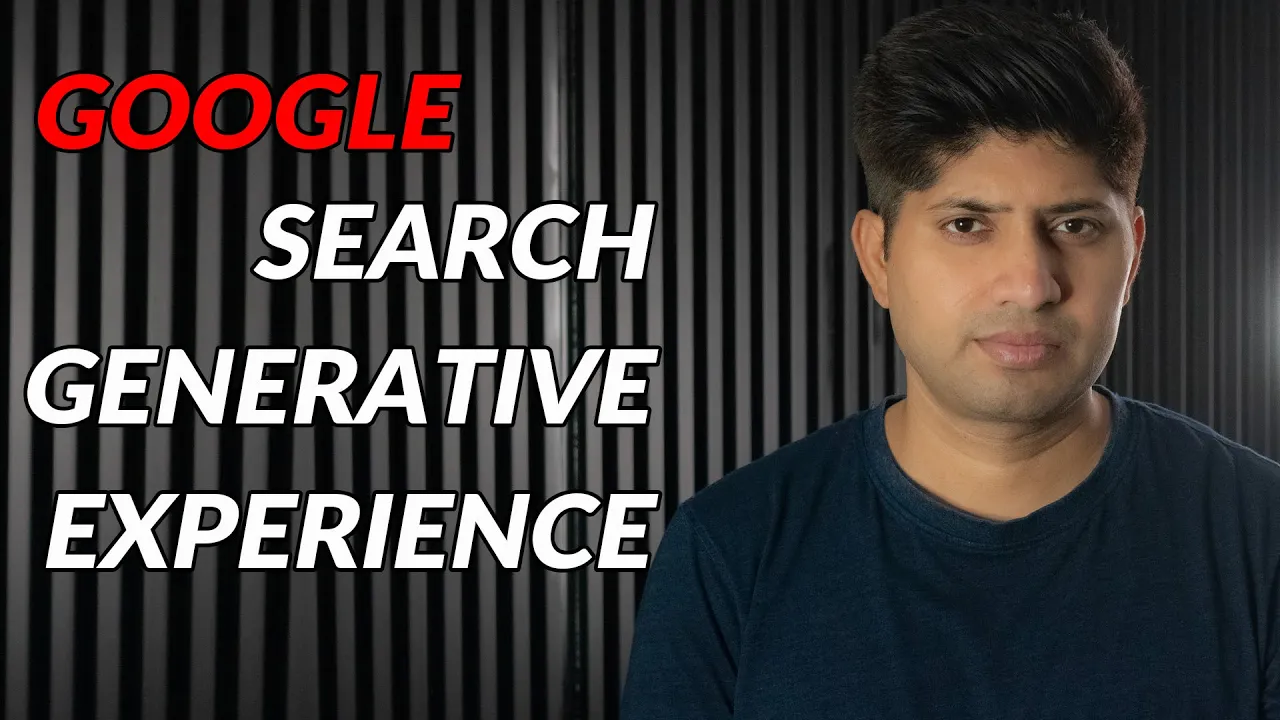On November 10th, the world of search saw the emergence of what can be termed a quiet revolution. This occurred when Google announced the Search Generative Experience (SGE), which they refer to as an elevation that seeks to bring artificial intelligence into the search results page in a way unlike never before. In this post, we will explore the SGE, how it works, and how it can be beneficial to customers and businesses.
What is Google SGE? 🤖
The Search Generative Experience (SGE) is one of the innovative ways for Google to improve the search experience as well as improve engagement through search results interactions with the end-users. Unlike the other results which typically display links and snippets of where the information is found, SGE vision sets out to efficiently render enhanced graphical answers on the search results page itself. Such transformation not only changes the picture of the search results, but this is also the aim of changing the user experience for the better.
SGE is, in fact, growing up to every search intent, hence is relevant for both the users as well as the advertisers. The evolution of the straightforward form of search results is filled with interactivity, which brings up the prospects of ads and the visibility of organic search in the future.
Key Features of SGE
While using Google SGE one of the benefits is that there are some exciting features added to make the search experience even better. Some of these are worth mentioning:
Dynamic Backgrounds: This is the background system user interface that has the joy of attracting users. It ensures that there will be graphics that will animate or change concerning user queries and topics. This is likely to improve user engagement.
Snapshots with an AI Touch: Instead of links, users will view sources from AI snapshots which will give short answers to users’ questions. These snapshots will be provided by the context of the search.
Conversational Search: This new feature enables users to carry out their searches in a conversational way making the interaction more natural.
Contextual Relevance: AI-driven ensured that the said information that would be offered is in regard with the asked and consequently, there has been improvement in the results.
How SGE Changes the Search Landscape 🌍
Due to the emergence of SGE, it is clear that the company is not simply enhancing the search features, but it is transforming how users search for information. This is how:
Implications for Businesses 📈
To stay relevant and be found in searches, businesses must adapt to new formats for better visibility and customer reach.
Impact on Advertising 🤑
Since ads will be incorporated into this new interface, there will be a shift in the placement of advertisements. The placement of a traditional ad may be difficult as SGE looks up. Many features will have space occupancy of the AI-generated content which will have been embraced more than the users. Advertisers will have to change their approaches in a bid to fit within this new structure of searching.
When Will SGE Be Fully Available? ⏰
The introduction of SGE has some boundaries to it. As of now, it is not completely summoned to the users but there are plans to roll it out over a period of time. However, still, even after reaching the masses, it will not be shown for every type of search to the user. It will be encouraged in use by the users in specific scenarios.
Particular Search Scenarios for SGE 📊
Google considers SGE as relatively superior when used to accomplish the following tasks:
When someone’s search goes through queries that wouldn’t generate much content on regular websites.
In the case when you have to elaborate upon expansive concepts e.g. providing advice for traveling.
When a user has to search by interactively asking questions.
When users want to have fun content creation in what to buy for example.
If someone is searching for something locally, say where is the nearest dentist.
Quality Control Measures in SGE 🔍
To guarantee that the information provided by SGE is reliable, Google has established some quality control measures. Some of the steps include:
Human Quality Raters: In-house assessors check the quality of SGE search results including user responses exploding SGE itself.
Fox Analysis: This includes but is not limited to the quality breakdown of SGE responses per the set of queries.
Stress Testing: In this case, Google will purposefully probe for weaknesses within SGE by using very hard queries on SGE.
Limitations and challenges ⚠️
Most of the SGE opportunities look far more promising, however, there are also some limitations. As well, Google understands that no AI reaches an effectiveness of 100%. This is especially about such issues as health and finance where making errors can lead to much harm.
Google’s AI-generated snapshots may raise concerns that are not reliable to rely on. This helps go a long way in ensuring confidence in the search in question.
The Future of Search with SGE 🚀
The introduction of SGE represents a drastic change in the development of search engines. Google uses artificial intelligence with a new aim – making the information presented and accessed in a new way. The interaction patterns accentuating the importance of interactions may provide a better and more informative search experience.
The change will encourage more users to use passkeys for online logins.
Conclusion 🏁
In other words, it is not a new function of the service, it is a new type of search. Moving forward, as these rollouts become constant, both businesses and users should be alert & prepared for these changes. Adopting SGE may result in alternative means of interaction and better visibility, given the rapidly saturating online space.

